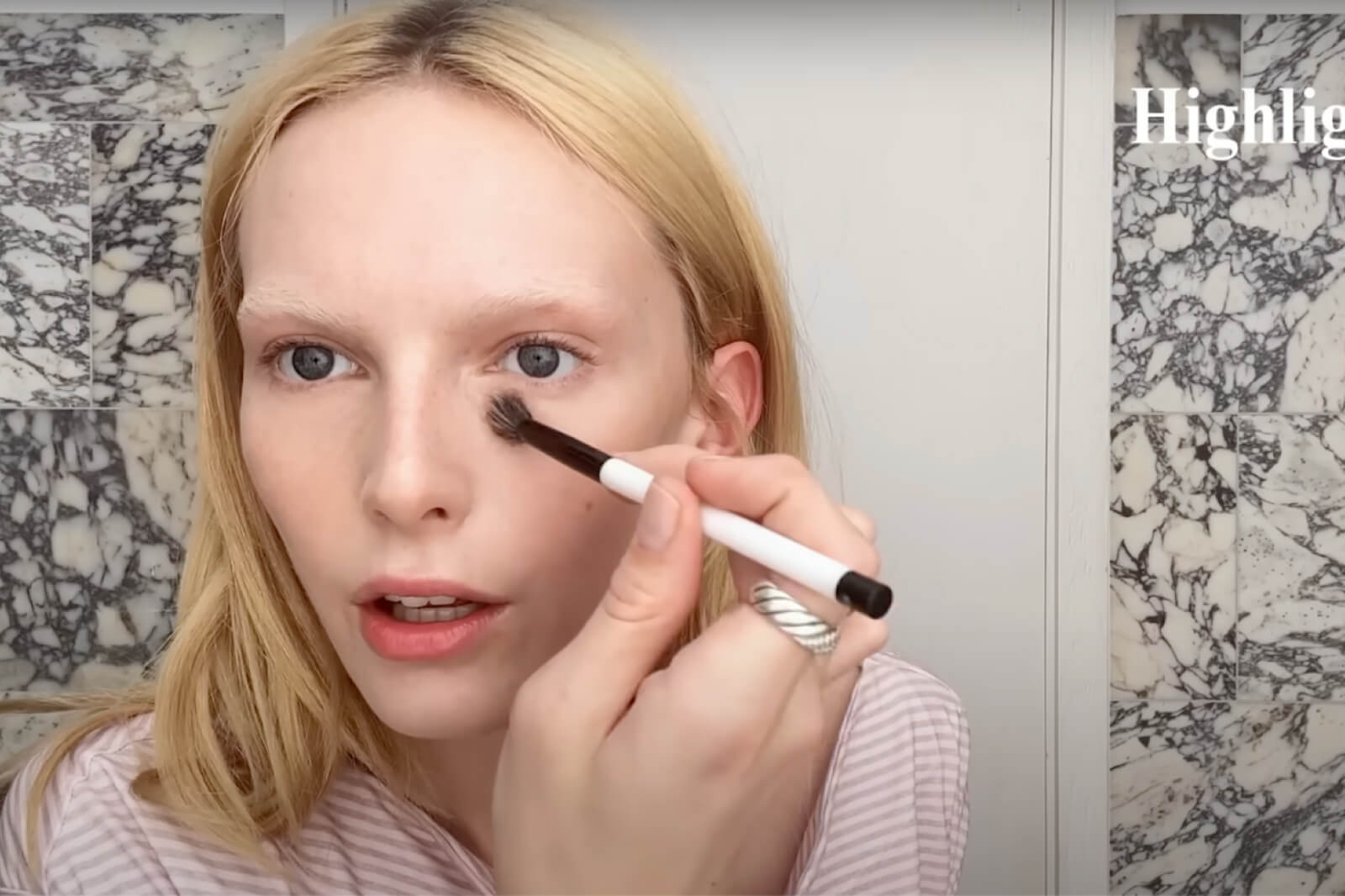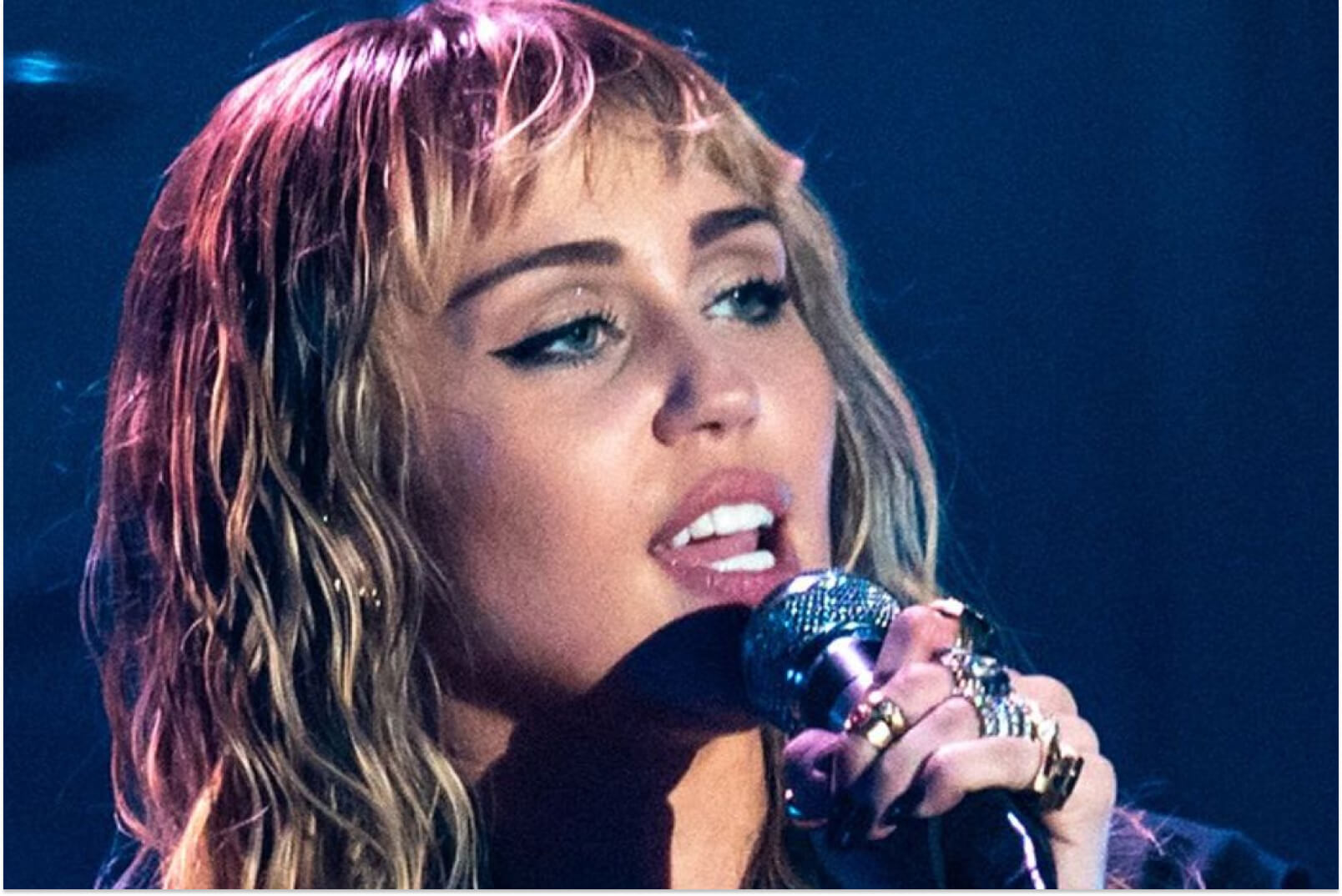
Maisie Williams for the H&M Animal Crossing sustainability campaign
Predictably, Earth Day has become another excuse for consumer culture to try to sell us things.
Earth Day began in 1970 as an attempt to force the US to act on environmental issues, culminating in a nationwide show of demonstrations, which eventually led to the creation of the Environmental Protection Agency, aka the EPA.
Despite the holiday’s roots in organizing and advocacy, over the years, it has become a holiday for people to post panoramic pictures from their last vacation on social media along with vague captions about the earth. It’s also become a reason for brands to push more messaging at us in an effort to persuade us to buy stuff — but this time, they say, it’s stuff that’s good for the environment.
But most of this stuff isn’t good for the environment at all.
With sustainability becoming a major concern, especially for the younger generations, and the climate crisis raging on, brands are becoming forced to care about the planet — or at least pretend to. Though one of the most important habits of living an environmentally friendly life is to “reduce” our waste, which ostensibly means reducing our consumption, brands make us the promise that actually consuming more of their products will make us better environmental stewards.
Earth Day comes with a slew of campaigns which promise sustainable business practices and new, ethical collections which seem good on the outside, but are really just manufactured marketing ploys.
This practice is known as “greenwashing,” which is when a brand pretends to be environmentally friendly or exaggerates their commitment to sustainability, using buzzwords and marketing instead of actually making any meaningful change.
Many industries are replete with examples of this, and the fashion industry is a major example. This Earth Day, there seem to be more sustainable collections advertised than ever — but a lot of them fall short of creating any actual positive impact, instead contributing to the culture of waste and overproduction in the name of sustainability.
H&M’s “Looop” Machine Campaign
When you think of H&M, you do not think of sustainability. And you shouldn’t. The company is one of the top three leading retailers in the world, selling about 3 billion articles of clothing every year. The brand is synonymous with fast fashion, contributing to a cycle of cheaply made clothing — often at the risk and expense of the people who make them — which barely gets worn and is quickly discarded.
However, the brand is trying to change their perception as buyers begin to show disdain for the fast fashion industry. In an attempt to promote sustainability, they have launched multiple campaigns around circular fashion and recycled materials. Their latest campaign includes Game of Thrones star Maisie Williams, who has partnered with the brand as their sustainability ambassador.
The partnership includes the launch of “H&M Looop Island” on the Nintendo game, Animal Crossing. The Looop machine is H&M’s recycling machine, which turns old clothes into fabric for new ones. The elaborate digital campaign aims to target young consumers and create the impression that having a few recycled items makes the brand sustainable.
This is not the first time they have been called out for greenwashing, as other campaigns like their Conscious Collection offered vague promises about being made of more sustainable materials without giving much more information about how the items were made and how the materials were better for the environment.Uniqlo’s Anime Sustainability Ambassador
Uniqlo is a go-to for many shoppers thanks to its quality basics and functional, well designed items. However, as another mega-retailer which boasts a large selection of inexpensive products, it produces high volumes of waste.
It recently also took on a celebrity ambassador: popular anime cat Doraemon, who was given the title of Global Sustainability Ambassador. In its promotion for Uniqlo, the cat turns green to activate “sustainability mode” … and that’s it. This gimmicky marketing campaign brought the brand attention for paying attention to sustainability but there seem to be no clear actions being put into place to reduce waste.
Uniqlo has also promised to produce net-zero greenhouse gas emissions by 2050 (which in itself is a paltry offering), but again they have outlined no steps that they will be taking to achieve it. To make things worse, the brand has been criticized in the past for its treatment of its garment workers and its unethical production The combination of greenwashing and worker abuse shows that the brand is more talk than work when it comes to ethical business.
ASOS’s “Circular Fashion”

I hope the “ZERO” graphics in the back aren’t supposed to evoke “zero waste”…
ASOS is an online retailer which adds as many as 7,000 new items a month. The brand has made a name for itself as one of fashion’s largest digital shopping platforms, so when a brand which promotes reckless spending and excess accumulation of their items starts a “sustainability” campaign using a hoard of buzzwords, it is no surprise that it’s greenwashing.
The brand’s new “Circular collection” has been called out as lip service for its small size (0.035% of the brand’s 85,000 products) within a fashion giant that is a huge contributor to the fashion industry’s waste problem. Its guidelines for what is considered “circular” arepretty loose too, using a whole lot of jargon to cover up a whole lot of nothing. They also do not have a program to let customers send their used garments to become part of their recycling process, which would go a long way to creating an actually circular fashion loop.Mango’s “Committed Collection”
Mango has been offering products from its “Committed Collection” for years, and has been called out for greenwashing for just as long. Behind their vague sustainability practices, Mango has been exposed for clear incidents of workplace endangerment in their factories, and also called out for its “sell fast, sell lots, and damn the consequences” business model.
They recently “stepped up” their sustainability strategy by offering items with “sustainable characteristics” and “naturally dyed” fabrics.Mostly, this amounts to vague language and using materials which claim to be more sustainable but often are sourced ethically or just sound better than virgin plastic.Most giant retailers are built on a scale and business model which is fundamentally unsustainable and rewards unethical practices, which are often the cheapest options. To expect these massive platforms to actually push social change would mean they would have to sacrifice their bottom line and completely restructure themselves.
Shopping mindfully often means shopping small, with vintage and thrift stores and e-commerce platforms being the best option. Ethical and sustainable brands are also becoming more common, as well as apps like Good On You, which rates how sustainable brands are and what they could be doing better.
Overall, sustainability as a marketing tool is used to hide that real climate change will not happen through capitalism. The most sustainable shopping practice is to shop less and less, which runs counter to our consumerist system.














